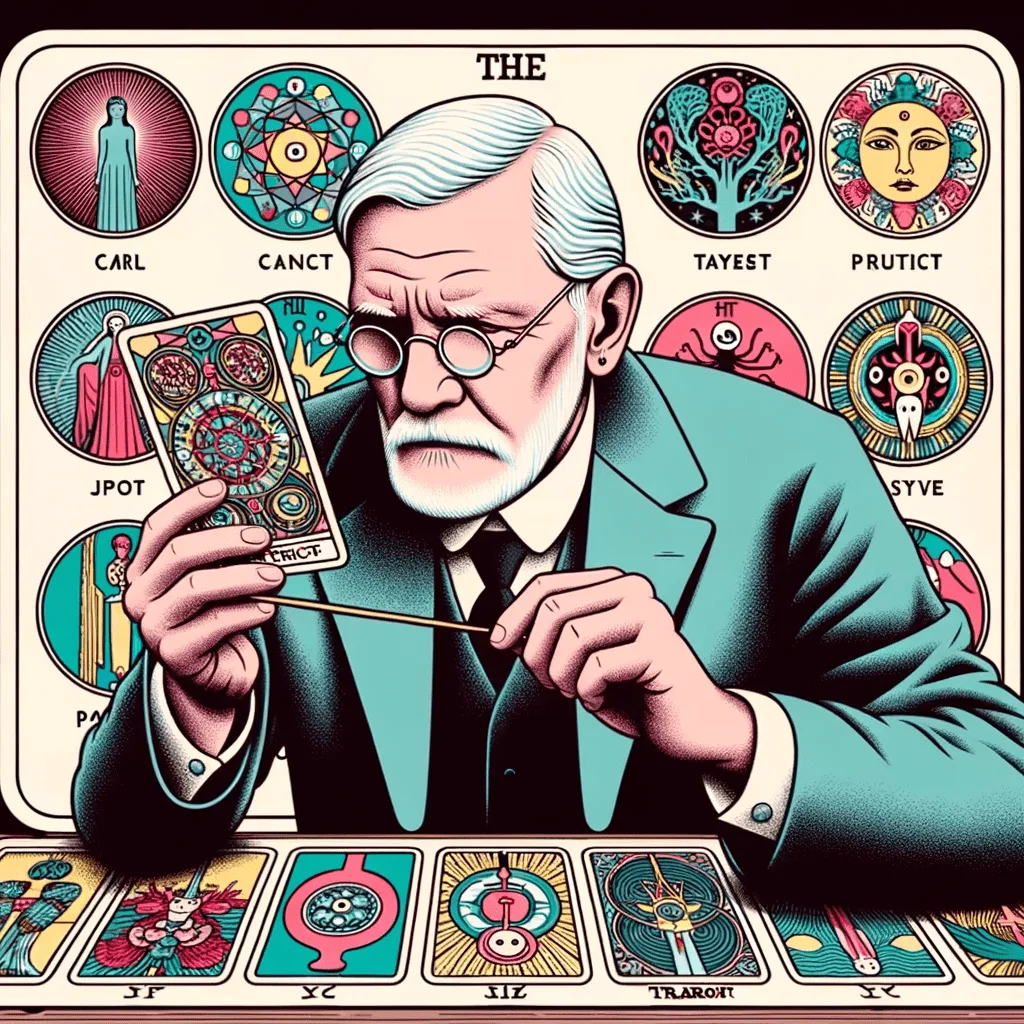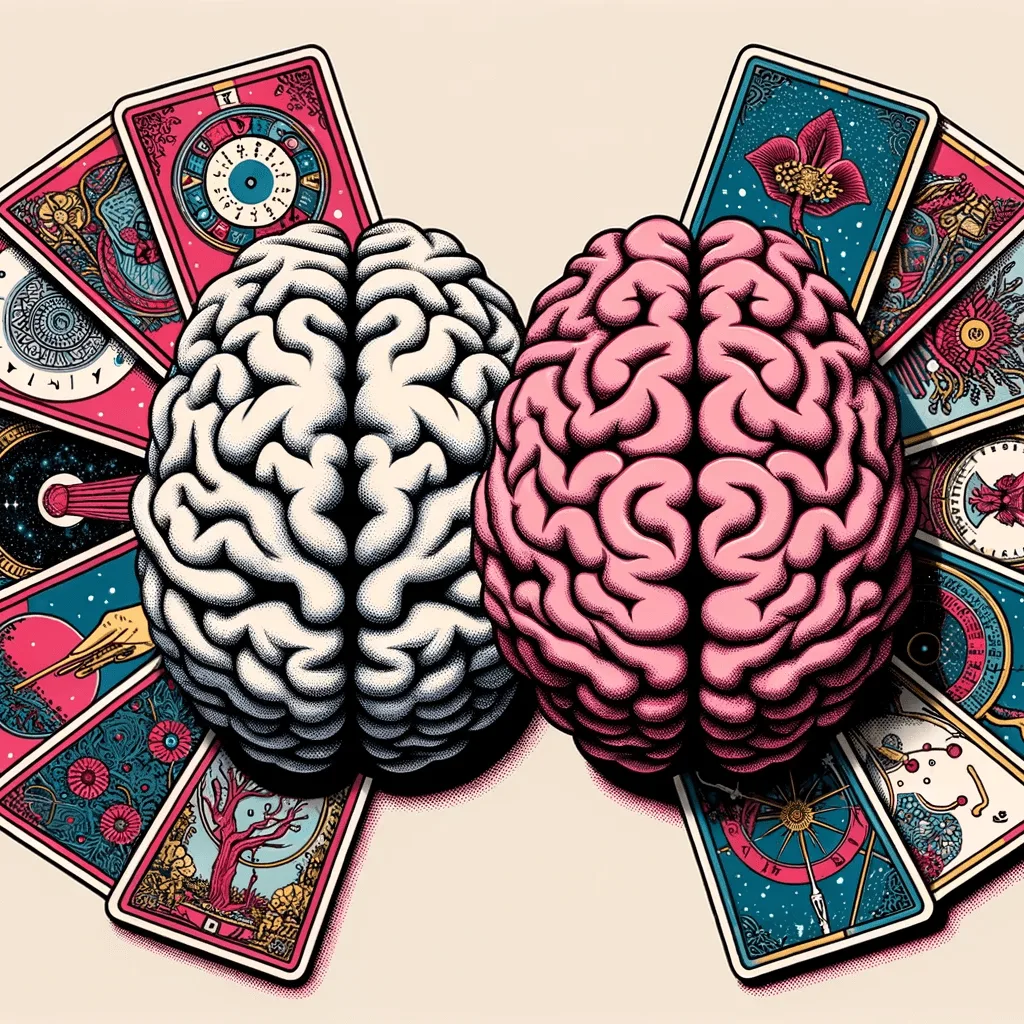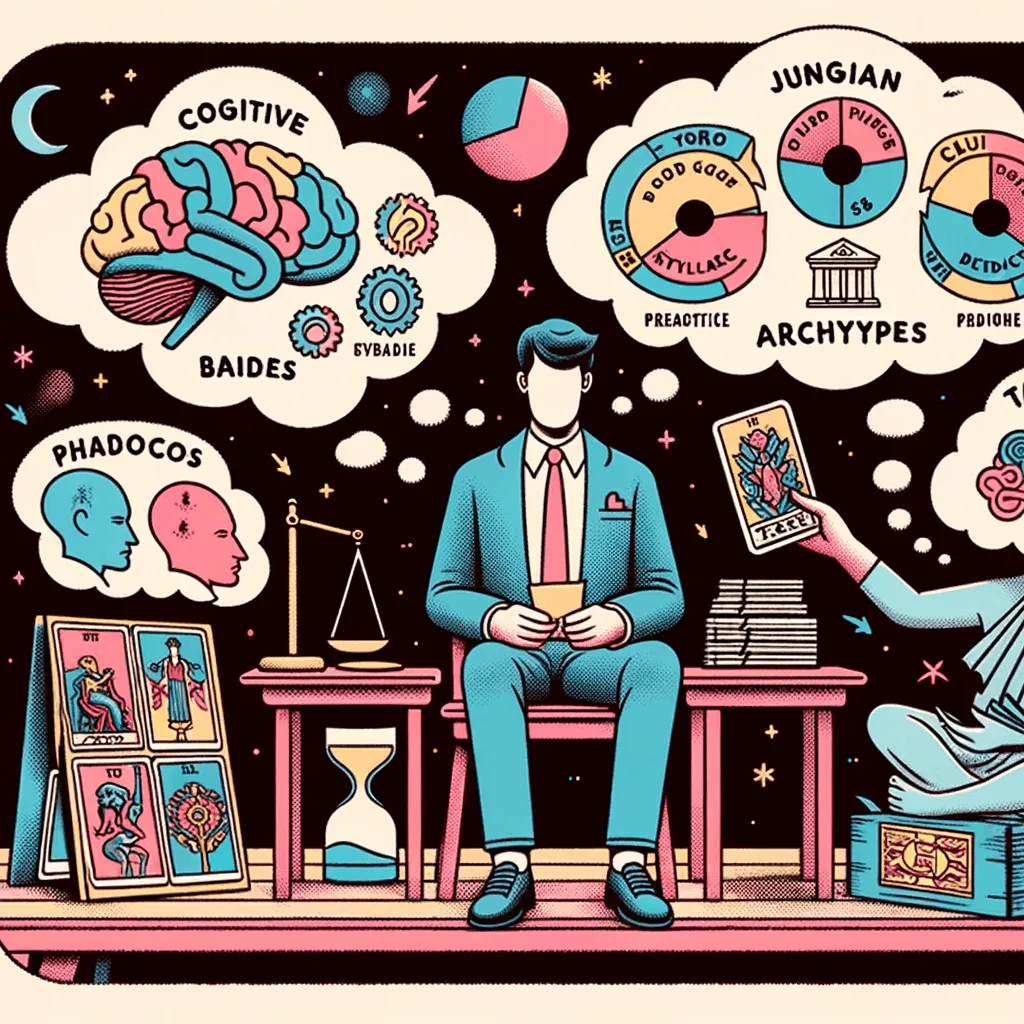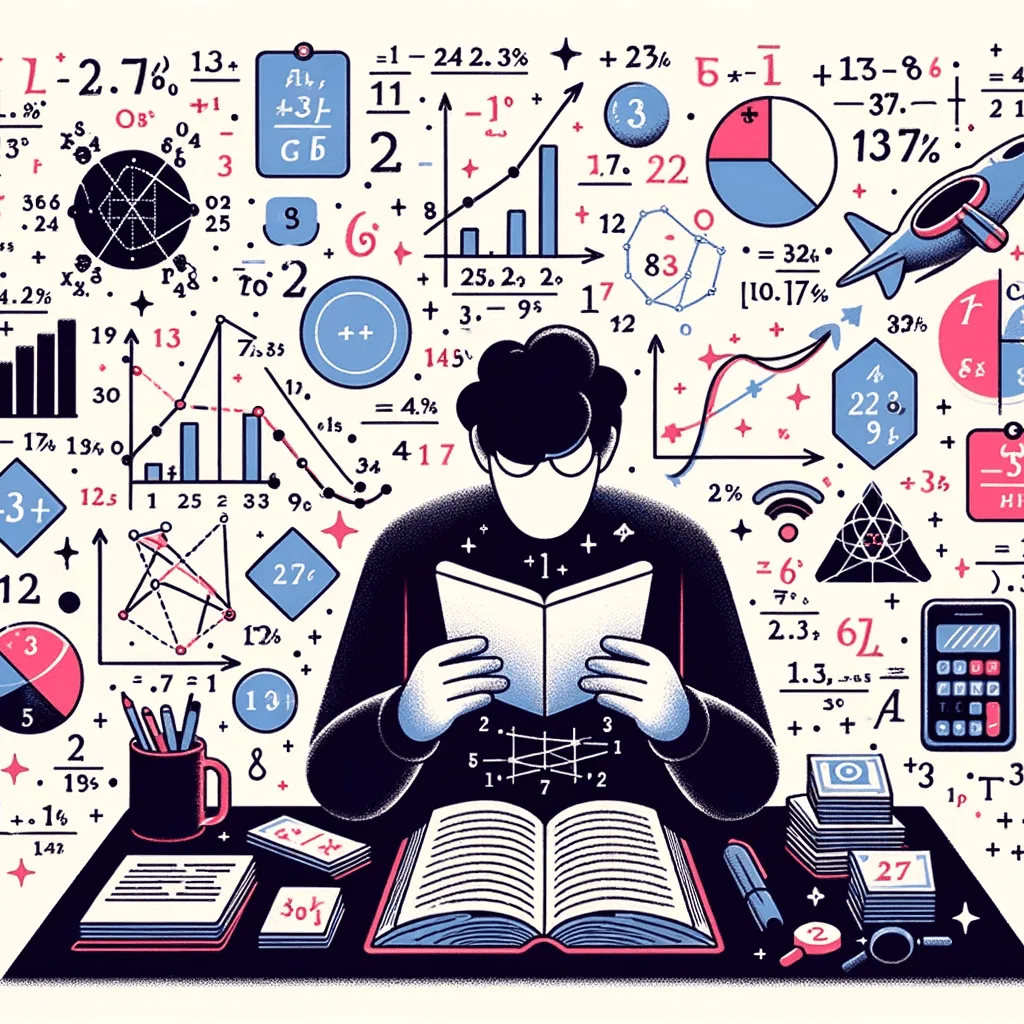
Tarot Readings: A Scientific Exploration
The enthralling world of tarot readings, often swathed in mystical and esoteric connotations, surprisingly finds intersections with psychology, neuroscience, and statistical probability. While astrology and tarot may be historically steeped in metaphysical and cosmic narratives, a modern, scientific lens provides an intriguing perspective on the phenomena behind card predictions and personality insights.
article by Priya Deshmukh
A Psychological Perspective On Predictions
When exploring the accuracy of tarot predictions, cognitive biases, especially the Forer effect (or the Barnum effect), provide critical insight. This psychological phenomenon reveals that individuals tend to find vague and general personality descriptions personally meaningful, believing them to be highly accurate.

Astrology and tarot readings often involve generalized statements, which can be applied broadly, thus resonating with a wide audience and seemingly validating predictive accuracy.
The Brain’s Role in Perceived Outcomes
The science of how our brain perceives and connects with tarot readings can be dissected through neuroscientific lenses. Humans naturally seek patterns and connections in various stimuli to make sense of the world—termed apophenia. In tarot readings, symbol-rich cards become a canvas upon which the brain, with its complex neural networks, projects patterns and finds meaning, even in randomness, giving the illusion of prediction and personal relevance.

Statistical Insight Into Tarot
Exploring tarot from a statistical standpoint, the probabilities entwined within each draw of the cards provide a mathematical perspective. With 78 cards in a standard deck, the number of possible tarot card combinations is astronomically large, at around 10^22.

This vastness in potential arrangements allows for an expansive array of narratives to unfold, enhancing the likelihood that a reading may seem specifically tailored or prophetically accurate to individuals.
Symbology & Personality: A Dive Into Jungian Archetypes
Carl Jung, a Swiss psychiatrist, introduced the concept of archetypes—universal symbols or themes that pervade human narratives globally. Tarot cards, rich in symbolism and archetypal imagery, resonate with deep psychological themes embedded within the collective human psyche.

From a scientific psychology standpoint, the connection between tarot symbols and human personality can be seen as an interactive play between these archetypes and personal psychological constructs, offering introspective insights rather than predictive prowess.
Human Nature & Predictive Desire: The Evolutionary Perspective
An evolutionary viewpoint elucidates why humans may be drawn toward predictive practices like astrology and tarot readings. The evolutionary advantage of prediction lies in survival—anticipating threats and opportunities has always been crucial for human survival.

Thus, the predilection for seeking predictions and meaning, even from mystical or seemingly random sources, might be evolutionarily ingrained, intertwined with our survival instincts and pattern-seeking nature.
Melding Mysticism & Science
While the esoteric allure of tarot readings and astrology primarily dwells in the mystical, a scientific exploration unravels intriguing psychological, neuroscientific, and statistical layers beneath the practice.
By dissecting the mechanisms through which human cognition, pattern recognition, and symbolic interpretation operate, a fascinating bridge between science and mysticism is illuminated, providing a nuanced understanding of the human inclination towards tarot, astrology, and the perpetual quest for predictive clarity.
Published: 10/17/2023
Modified: 11/14/2023
More predictions
Come back here soon to learn more about yourself and your future





